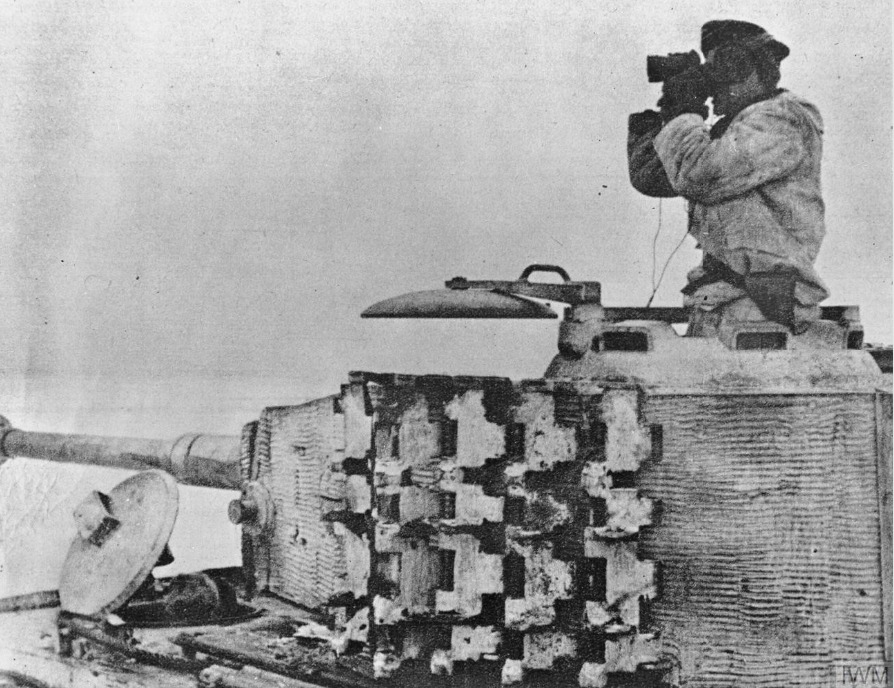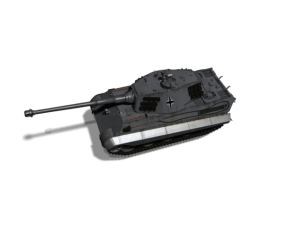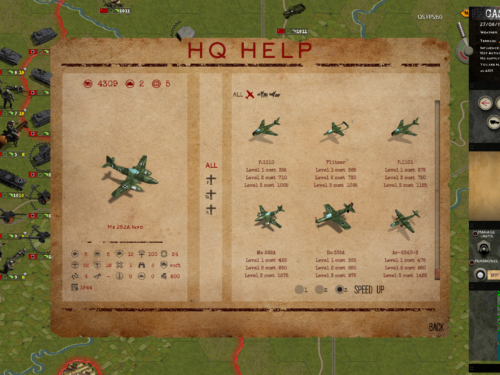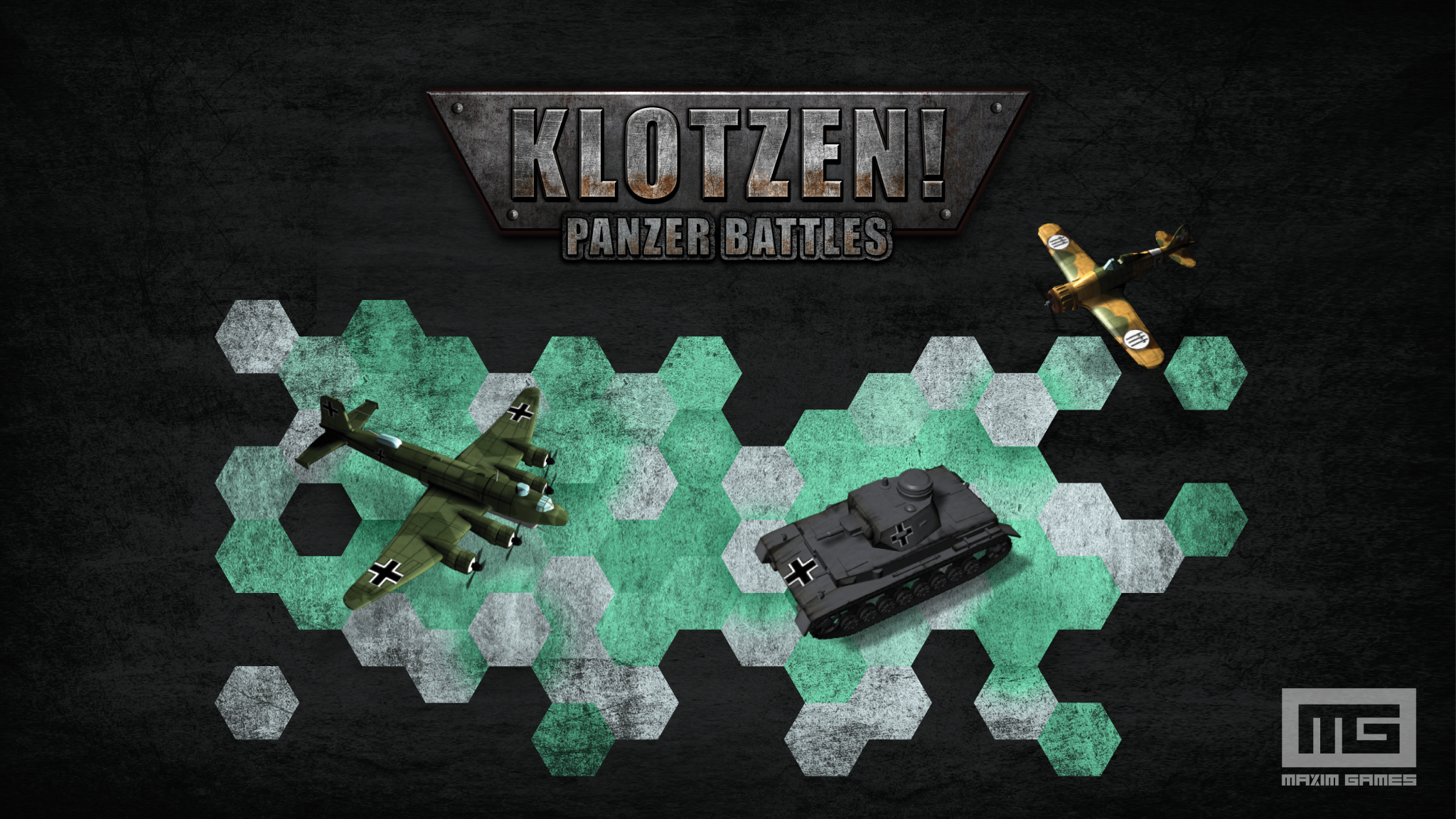Unbreakable King Tiger seemed to had many flaws
In August 1944 during the Red Army`s Lvov–Sandomierz Offensive in Poland German and Soviet tank titans clashed with each other. Three King Tigers started their attack on bridge over the Vistula River. But something unexpected happened – they had already been spotted by one Red Army tank commander. Three well hidden T-34/85s, supported with Soviet infantry, were waiting together in the bushes.
When King Tigers were about 200 meters from Soviets, T-34 opened fire at one of King Tiger’s side armor, using APDS (Armour -piercing discarding sabot) rounds. The first two shots had hit the German tank and failed to penetrate the armor, but then the third one hit the turret and caused the ammunition to explode, sending the turret flying into the air; the German crew was killed on the spot.
The T-34s continued barrage and shots had hit another King Tiger 3 times but again did not penetrate thick and strong frontal armor that Tigers had. A fourth round hit just underneath the main turret and again caused ammunition to explode, killing the entire crew.
The last King Tiger tried to escape at full-speed but was pursued and disabled by the T-34s. The T-34s shots could not penetrate this King Tiger’s thick armor, but they caused big chunks of armor to come off and fly inside the German tank, cutting 3 of the crew members to shreds. Last crew member was slightly injured and was taken prisoner by the Soviets.
But that’s not all! The immobilized King Tiger was captured, then repaired and moved to testing grounds at Kubinka for the Soviets to examine it. The result was staggering:
King Tiger had a tendency to breakdown. The tank broke down every 10 miles. During the transfer to their testing grounds and getting to suitable rail transport the Soviets found the cooling system is insufficient for the excessively hot conditions of the Russian sultry summer. The engine tended to overheat and cause a failure of the gearbox. The right suspension of the tank had to be completely replaced, and its full functionality could not be re-established. The 8.8 cm KwK 43 in terms of penetration and accuracy was found to be on par with the 122 mm D-25T which proved capable of passing a round straight through and out of the captured King Tiger’s turret at a range of 430 yards.
The welding of the King Tiger (even with the usual careful German craftsmanship), was significantly worse than the similar designs of Tiger I. This meant that even when the shells were unable to penetrate the King Tigers armor, they caused the plates to break into smaller pieces, which would cause injury or death to the crew sitting inside.





Recent Comments